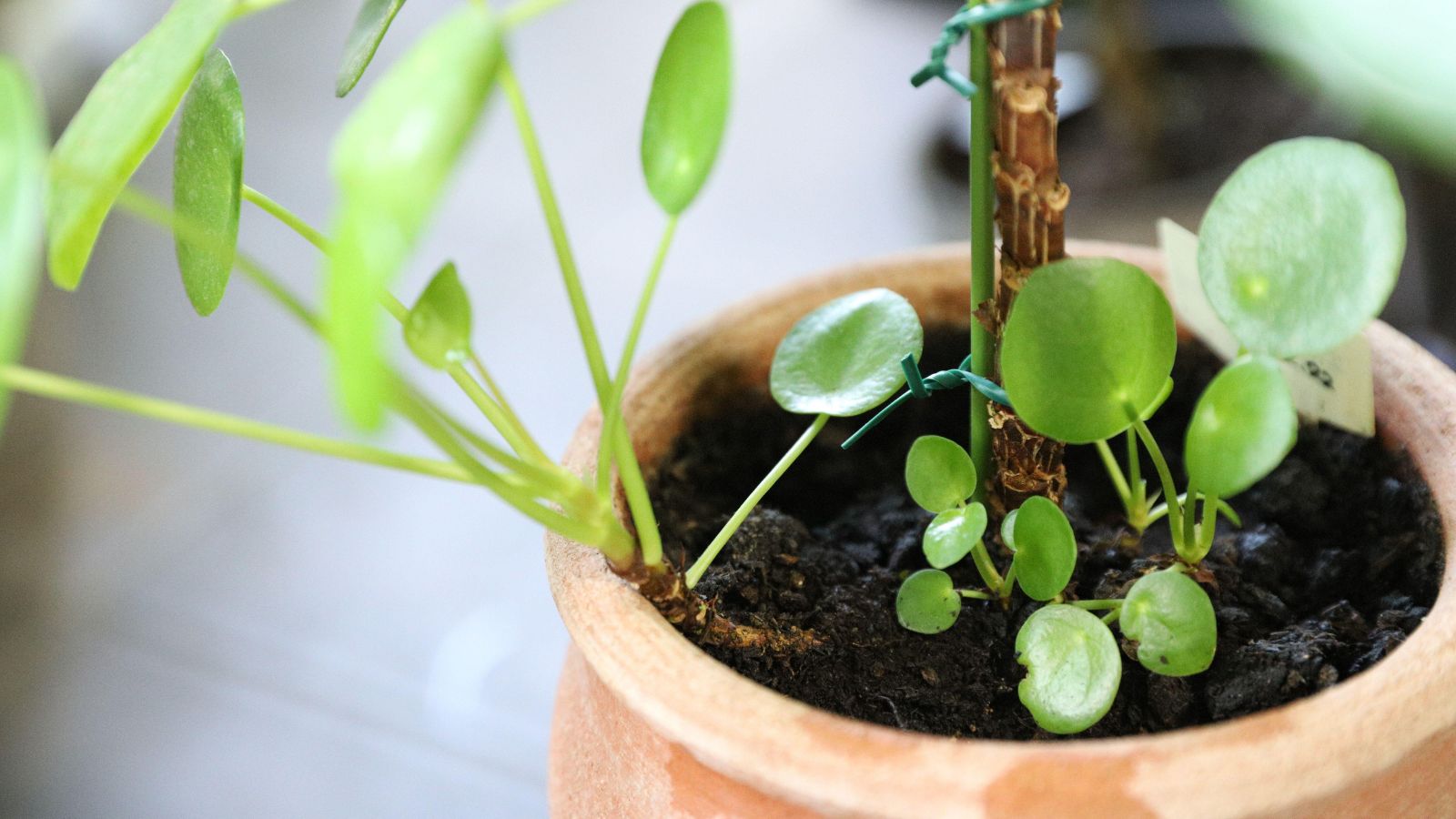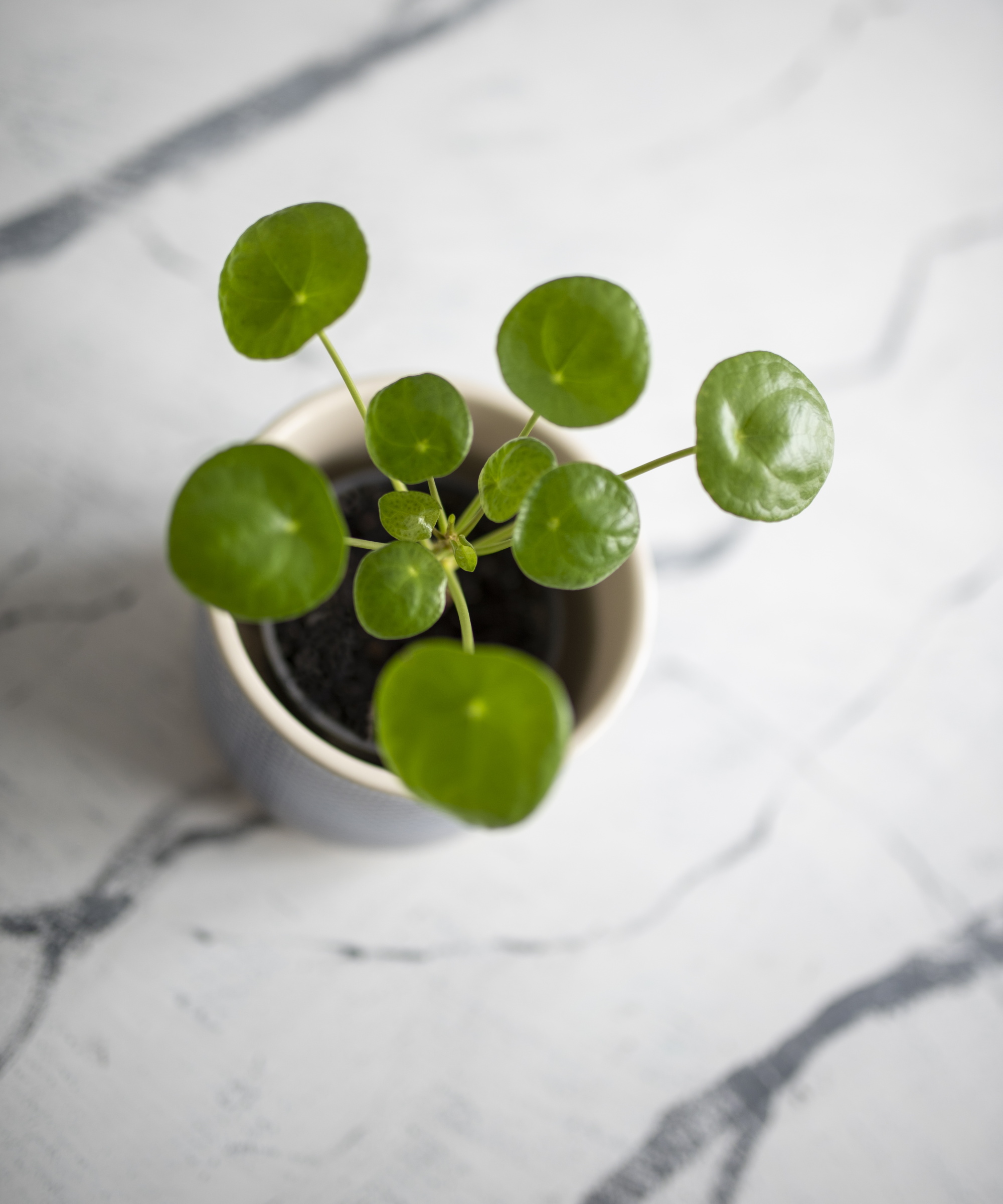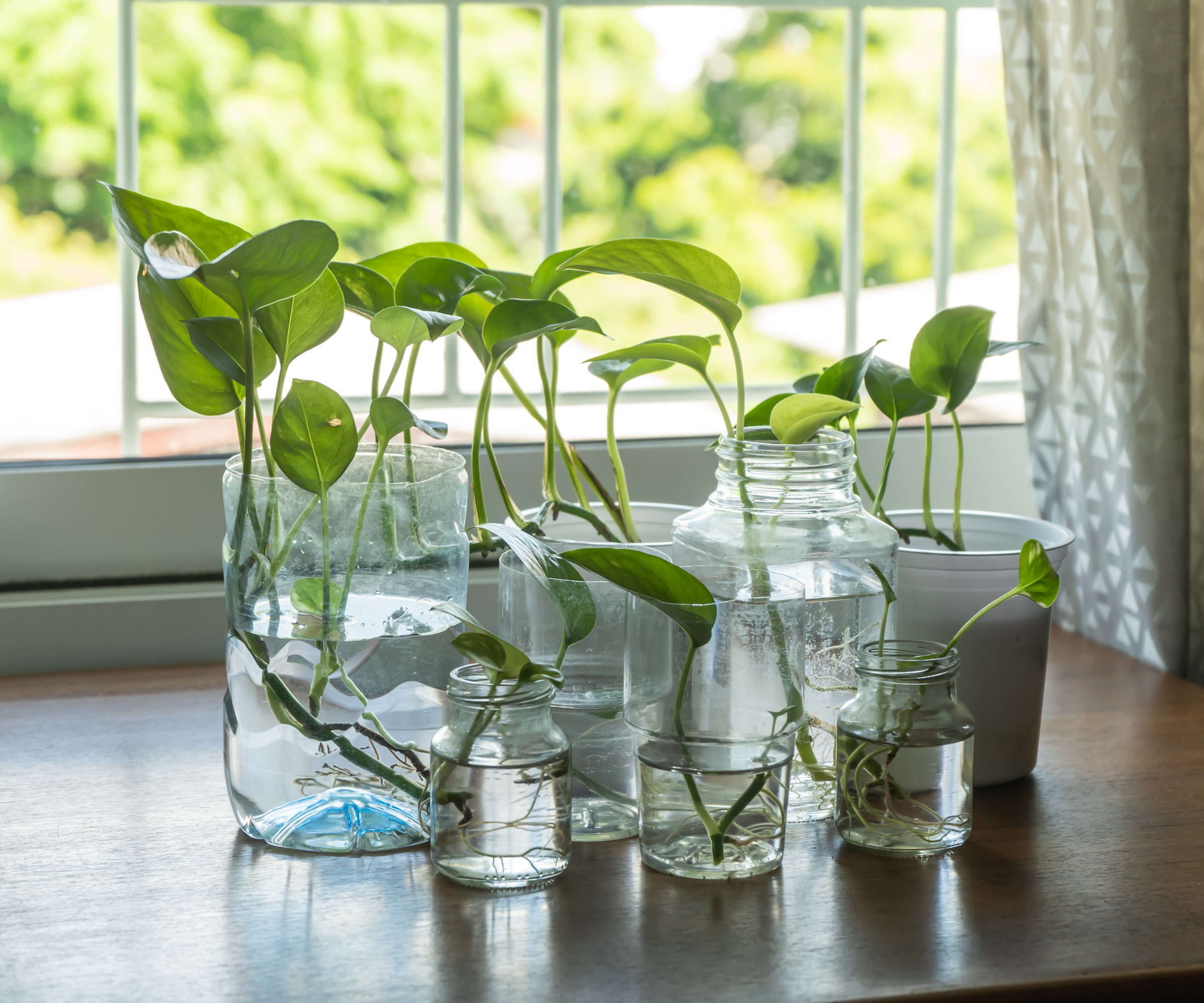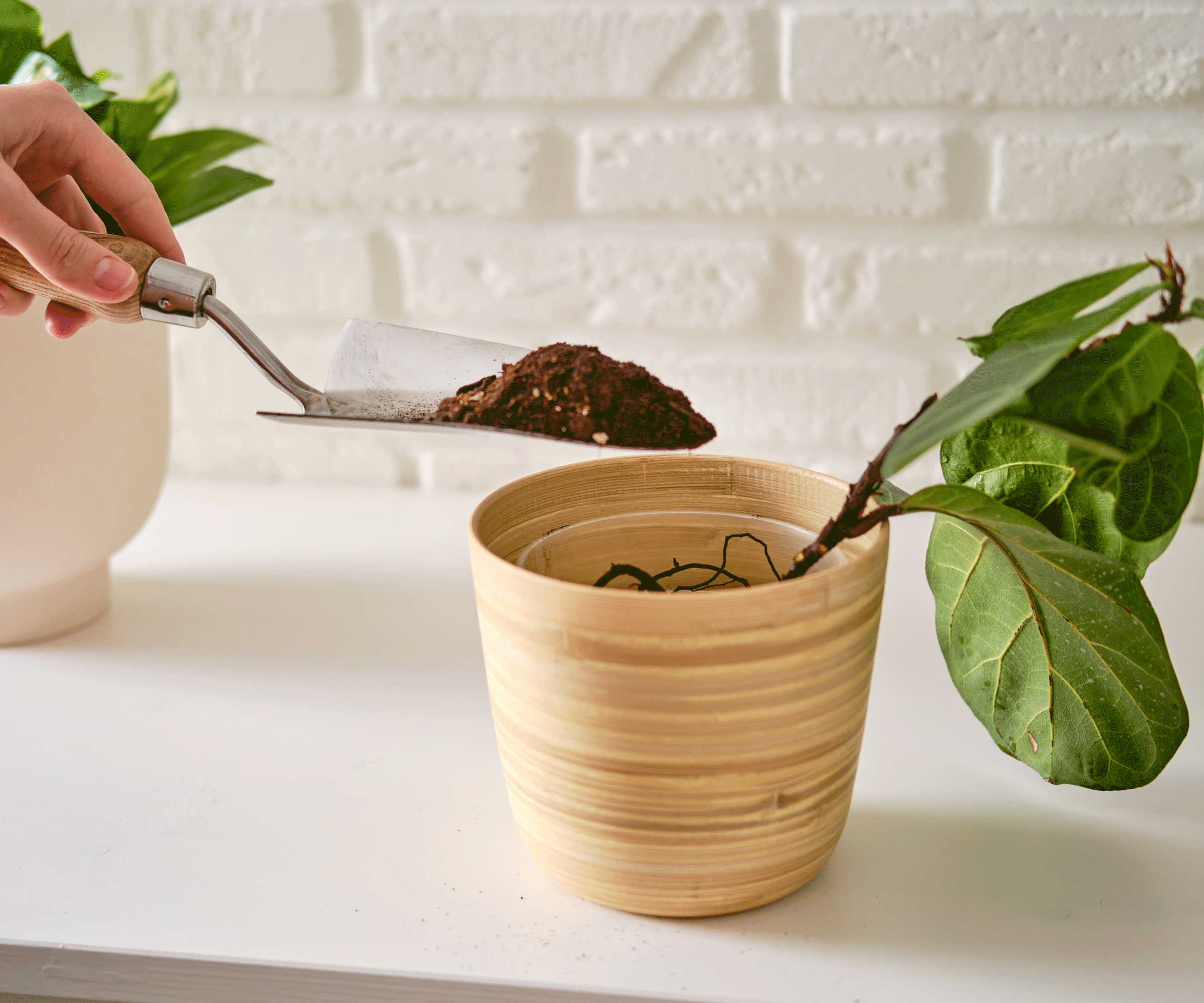What are plant pups? An expert guide to offshoots and how to successfully grow them on
You can propagate healthy parent plants by nurturing their pups


Plants are incredible at self-sustaining. Some self-pollinate or drop their own seeds into the soil to grow, and others produce what are known as 'pups'.
Plant pups, also called divisions or offshoots, grow from a parent plant's root or stem. They are perfect for expanding your collection of greenery, as they can be used to propagate new plants. With the right care and attention, you can multiply your indoor plant collection quickly and sustainably using plant pups, and this guide will teach you exactly how.
We've spoken to gardening experts to break down everything you need to know about plant pups, including how they grow and precisely what to do with them.
What are plant pups and why do they form?

Pup production won't harm your plant. It is part of your plant's natural reproductive process, and it might be your plant seeking to populate before it reaches the end of its life or annual blooming cycle.
Tamara Hogan, plant expert at Fast Growing Trees, says, 'Some plants produce pups as a way to naturally propagate, or help to spread after the plant is dying at the end of the season.'
It may also happen to outdoor plants if the roots of your plant are reacting to stress. 'If you see suckers or water sprouts developing [two common terms for unwanted plant pups that grow in abundance] aggressively at the base of a tree or small baby plants popping up throughout your lawn or raised garden beds, this is the roots trying to push out new growth as fast as possible to collect sunlight,' Tamara continues.
How to identify a plant pup

The most reliable way to identify a plant pup is to look closely at your parent plant and where the pup is growing from. If it's growing from the plant foliage itself, it's likely just new growth. But if the shoot is coming from the surrounding soil, it's probably a viable plant pup.
'A plant pup will have stems and leaves coming from the soil,' says Tamara. 'This can be really close to the main stem or throughout the soil.'
If this shoot is healthy and doesn't need discarding, it will have strong leaves that actively keep growing. But if growth in the shoot remains stagnant or the shoot starts looking pale or floppy, the identified plant pup is no longer viable.
Another way to identify a plant pup is to compare its visual with a baby version of the parent plant. If the plant pup shoot looks like a miniature of your parent plant then it's definitely a relative, as opposed invasive weeds or another form of growth.

Tamara Hogan graduated from Utah State University with a degree in Ornamental Horticulture and an emphasis in Greenhouse Management. She worked within various horticulture fields before joining Fast Growing Trees.
What do you do with plant pups?

Once you have successfully identified a shoot as a plant pup, you have two choices: remove it from the soil or detach it from the parent plant and either discard it, or grow it on.
Andrew Bunting, vice president of horticulture at the Pennsylvania Horticultural Society, says, 'If your plant pup has roots it can be planted into a new container to creating a new plant.'
If you have detached it from the main stem of a parent plant, you will need to place this cutting in water for it to grow roots before you can pot up.
To plant up your pup, follow this simple step-by-step process:
- Identify your plant pup.
- Lift the parent plant out of the ground or out of its pot. The plant pups or divisions can often be loosened from the main plant using your hands or a sharp, clean knife. If the pup has roots, be careful not to break it from the main plant, but gently tease out the roots from the main clump.
- If it has roots, take that new plant and replant it in the ground or in a pot. If it doesn't have roots, place it in a small container of clean water and after a couple of weeks it should have developed a root system.
- Give sufficient light and water, and the same conditions as you would the parent plant
Plant pups require frequent watering while they're getting established, so whenever the top inch of soil dries out, top it up. Since pups are young they are especially sensitive to overwatering, meaning it's best to play it safe and water less as opposed to more.
Try using the teaspoon method, taking a teaspoon like one from this flower spoon set from Amazon and adding multiple spoon's worth of water to see how much it darkens and hydrates the soil. Keep a close eye on your plant pups throughout the day and see how long it takes for the water to absorb.
It's also a good idea to plant up your pups in a pot with drainage holes such as the ones in this 4 pack off large terracotta plant pots with drainage holes and drip trays from Walmart to give surplus water somewhere to go, preventing soggy soil and root rot.
If you're struggling to get your parent plant out of its original pot, try lightly squeezing the outside of the container if it's made from a malleable material. If that doesn't help or you're working with a harder pot such as stone or ceramic, use a plant container knife like this hori hori garden knife from Amazon to unstick the soil from the plant pot's perimeter.

Andrew Bunting is Vice President of Horticulture and leads the utilization of planting and design to promote environmentally sound gardening practices at PHS. Prior to arriving at PHS, Andrew worked at the Chicago Botanic Garden, Chanticleer Garden, and the Scott Arboretum for a tenure of 27 years, and has received many commendations for his work. In 2015, Andrew published his first book, “The Plant Lover’s Guide to Magnolias.”
Once you learn how to grow your plant pups, you'll find the process super simple and incredibly rewarding. Though if you're still a bit worried about making errors, we compiled a detailed guide on houseplant propagation mistakes - many of which also apply to plant pups.
Sign up to the Homes & Gardens newsletter
Design expertise in your inbox – from inspiring decorating ideas and beautiful celebrity homes to practical gardening advice and shopping round-ups.

Ciéra is a writer and regional laureate with particular passions for art, design, philosophy and poetry. As well as contributing to Livingetc, she's an Editorial Assistant for Design Anthology, and a contributing writer for Homes & Gardens and Apartment Therapy. Previous commendations of hers include being Highly Commended by The Royal Society of Literature and receiving a prestigious MA Magazine Journalism scholarship to City University, London.
You must confirm your public display name before commenting
Please logout and then login again, you will then be prompted to enter your display name.
-
 Walton Goggins' unorthodox, boho chandelier taps into the lighting trend defining dining rooms in 2025 – here's how to recreate the elegant style
Walton Goggins' unorthodox, boho chandelier taps into the lighting trend defining dining rooms in 2025 – here's how to recreate the elegant styleThe White Lotus Season 3 may be over, but the actor's pendant lighting represents a timeless style that's sure to last for years to come
By Sophie Edwards Published
-
 5 decorating trends you thought you hated that are making a return in 2025
5 decorating trends you thought you hated that are making a return in 2025We spoke with top interior designers, who opened our eyes to how trends we thought everyone hated are actually back for 2025
By Pip Rich Published